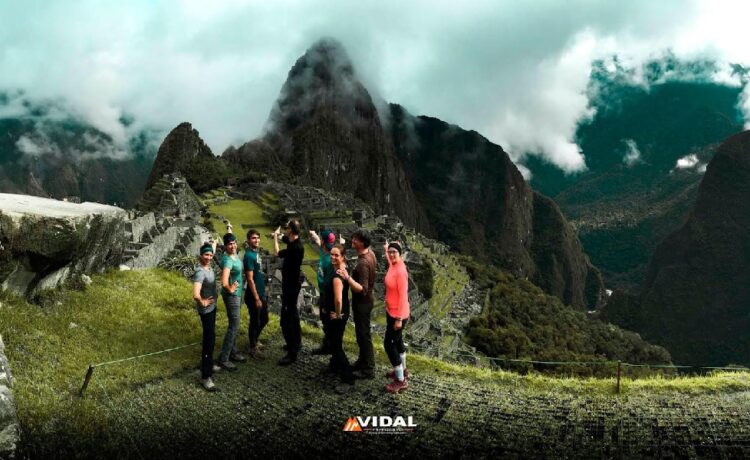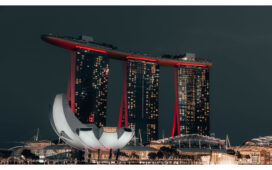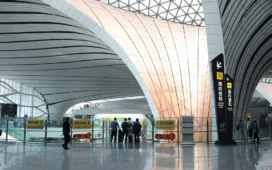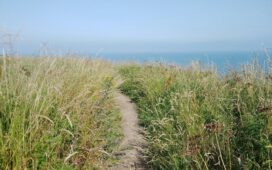The Classic Inca Trail 4-Day to Machu Picchu is among the world’s most famous and fulfilling trekking routes. It includes the journey of a fascinating adventure at the fabled lost city of Machu Picchu, walking through well-preserved ancient paths, visiting some stunning Inca ruins, and breathtaking natural landscapes.
Embark on the Classic Inca Trail: 4 Days/3 Nights: A lifetime journey through history and nature.
The Classic Inca Trail 4-Day is not just a trek; it is an experience through the Andes mountains, breathtaking natural landscapes, fascinating Inca history, and a profound sense of achievement. The Inca Trail is one of the most famous hiking routes in the world; it is the destination of many travelers each year, all seeking to experience the energy of this historical path.
Inca Trail in South America
The Inca Trail is part of an extensive network of trails in the entire South America, the ancient people called as the Qhapaq Ñan. These thousand kilometers of trails were built by the Incas during the Inca Empire to connect its vast territories between 1200 and 1500 AD.
Nowadays the Classic Inca Trail runs approximately 42 km (26 miles), which is the most renowned section, leading travelers directly to the world-famous Seven Wonder, Machu Picchu.
Along the route, trekkers pass through several archaeological sites, lush cloud forests, and towering mountains, all while following the footsteps of the Incas.
Important details you need to know to plan your adventure
· Inca Trail Permits: The Peruvian government regulates the Inca Trail to preserve its delicate ecosystem and cultural heritage. Only 500 permits are allowed daily, including for guides, cooks, and porters, so it is essential to book well in advance, ideally 6 to 8 months before you head there.
· Choosing the best season: The best time to hike along the Inca Trail is during the dry season, which runs from May to October; you will have more chance to see clear skies and stunning vistas. During this period the hike is more comfortable, with less rain, a safe path, and spectacular landscapes. From November to April is rainy season in Cusco, which can be more challenging walking on this trail. The Inca Trail is closed in February for maintenance.
· The right preparation: Hiking on the Inca Trail could be challenging for those who don’t have experience walking in uneven terrain, high altitude, and steep ascents. Preparing properly with some cardio exercises, doing some hikes, and proper acclimatization will enhance your experience along this trail.
The Classic Inca Trail Daily Itinerary
Day 1: Cusco to KM 82 to Wayllabamba
Your journey begins with an early transfer from Cusco to KM 82, the official starting point of the trail. Everyone must pass the checkpoint with the guides and the porters team by showing the passport and ticket. The trek starts gently, with stunning views of snow-capped mountains and verdant valleys. Along the way, you’ll encounter Llactapata, an impressive Inca site believed to have been an agricultural hub. The day concludes with an overnight camp in Wayllabamba village, at an altitude of approximately 3,000 meters (9,842 feet).
Day 2: Wayllabamba to Pacaymayo
Today is the most challenging on the Inca Trail, but also one of the most rewarding. You’ll ascend to Dead Woman’s Pass (Warmiwañusca), the highest point on the trail at 4,215 meters (13,828 feet). The climb is steep and demanding, but the panoramic views at the summit make every step worthwhile. After descending into the Pacaymayo Valley, you’ll set up camp for the night, surrounded by stunning Andean scenery.
Day 3: Pacaymayo to Wiñay Wayna
This is the longest day of the trek, but it’s the most beautiful day of this four-day trek with different highlights. You’ll visit multiple archaeological sites, including Runkurakay, Sayacmarca, and Phuyupatamarca, each offering unique insights into Inca engineering and culture. The trail takes you through lush cloud forests and ancient stone paths before arriving at Wiñay Wayna, the final campsite, and the anticipation of reaching Machu Picchu builds as you rest.
Day 4: Wiñay Wayna to Machu Picchu
The final stretch begins early, with trekkers setting off before dawn to reach the Sun Gate (Inti Punku) in time for sunrise. As the first rays of sunlight illuminate the majestic Machu Picchu Inca site, the sense of accomplishment is unparalleled. After taking in the views, you’ll descend into the citadel for a guided tour, exploring its temples, plazas, and terraces. The journey concludes with a train ride back to Cusco.
What Makes the Inca Trail Special?
- Immersive History; The Inca Trail is essentially a living museum. Each Inca site you see offers a tale about the Inca civilization’s inventiveness, spirituality, and relationship to nature. Wiñay Wayna and Sayacmarca demonstrate the Incas’ outstanding agricultural techniques and construction skills.
- Stunning Landscapes; The trail’s natural beauty is as appealing as its historical significance. The ever-changing scenery, from snow-covered summits to lush cloud forests, makes every step thrilling. Wildlife aficionados may see llamas, hummingbirds, or perhaps the elusive Andean condor.
- A Spiritual Journey; The Inca Trail is more than just a physical struggle; it is a spiritual experience. The trail’s connection to Pachamama (Mother Earth) and the ancient ceremonies conducted at its sites instill a deep respect for the land.
Essential Packing List for the Inca Trail
- Clothing: Layered clothing for varying temperatures, a waterproof jacket, and comfortable hiking boots.
- Gear: A good-quality backpack, sleeping bag, and trekking poles (optional but helpful).
- Other Items: Sunscreen, insect repellent, a reusable water bottle, and personal snacks.
Alternatives to the Classic Inca Trail
If permits are unavailable or you’re seeking a different experience, consider these alternatives:
- Salkantay Trek: A high-altitude trek with stunning glacial scenery.
- Lares Trek: A culturally immersive route through traditional Andean villages.
Inca Jungle Trail: A mix of hiking, biking, and optional zip-lining for adventurers.







